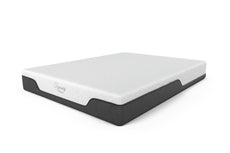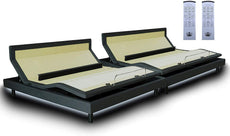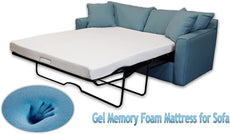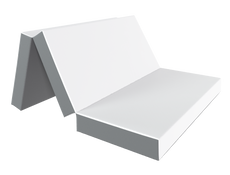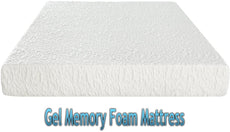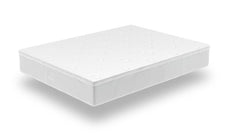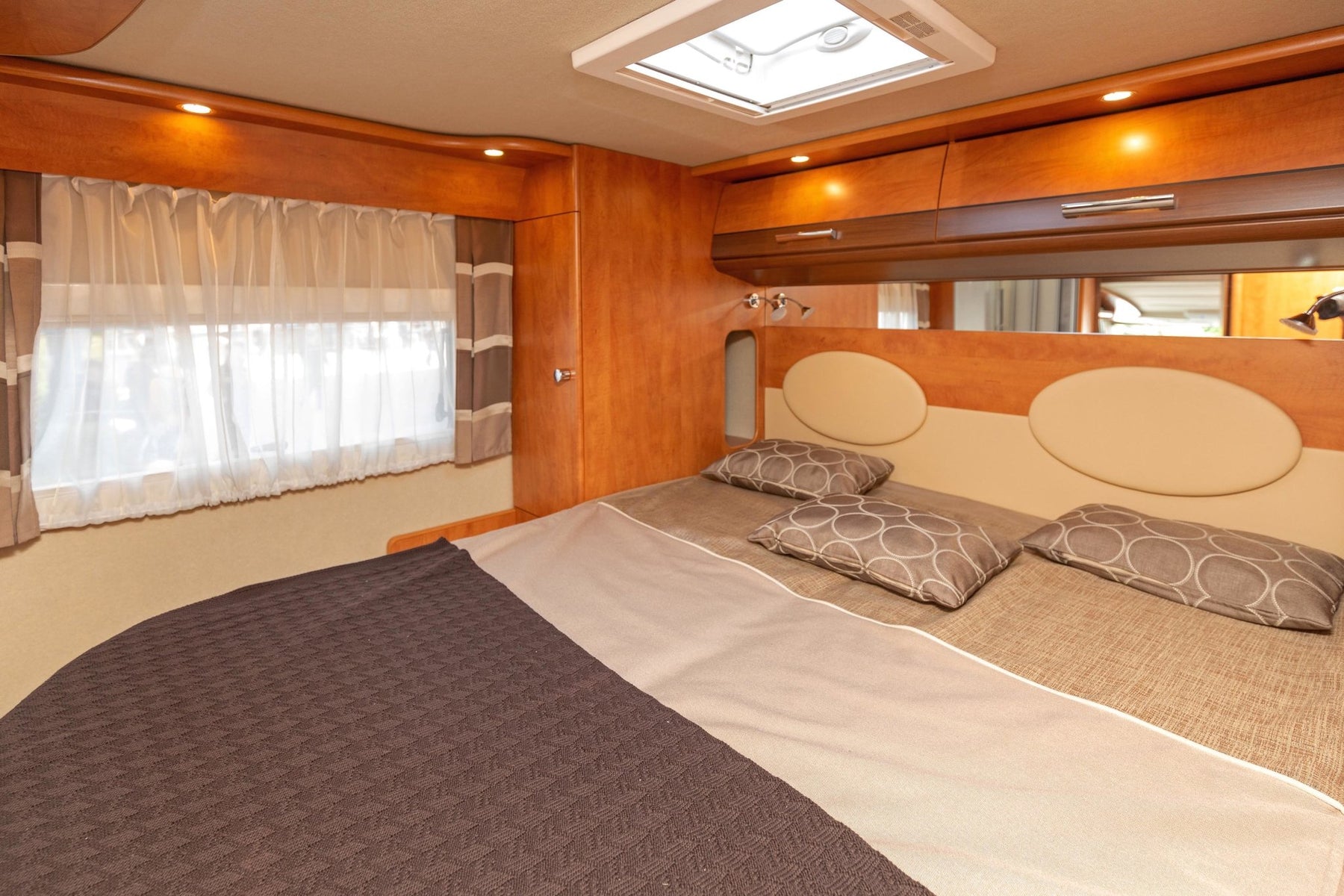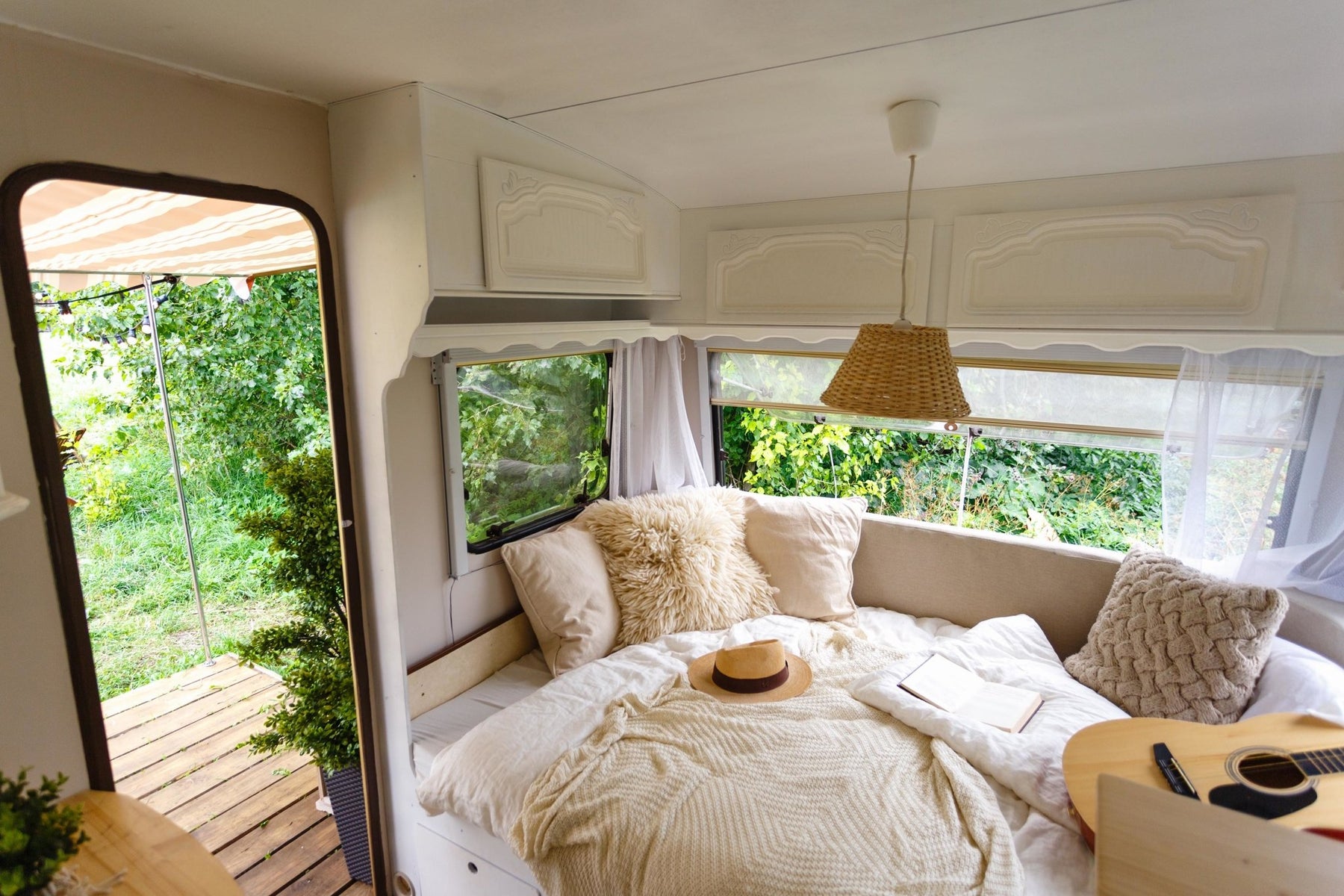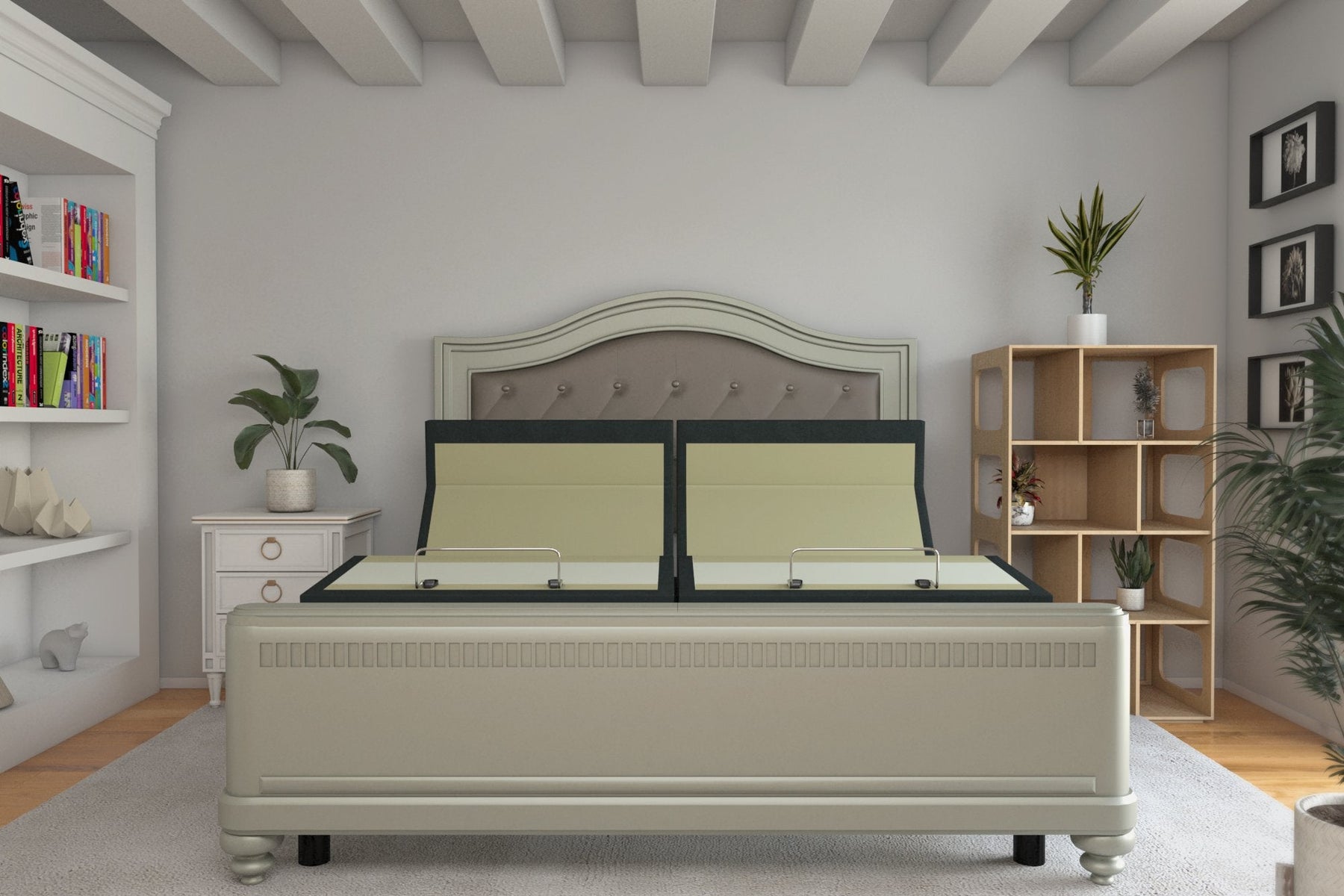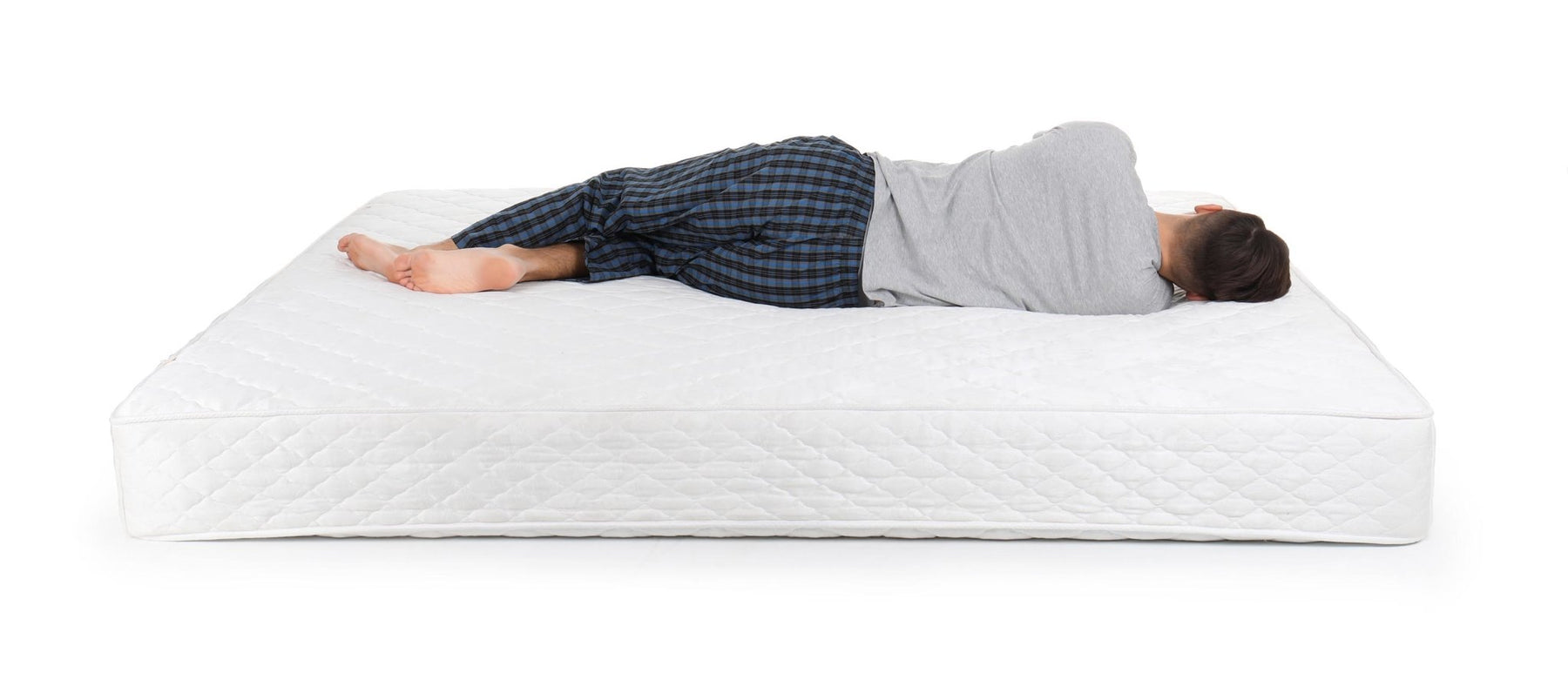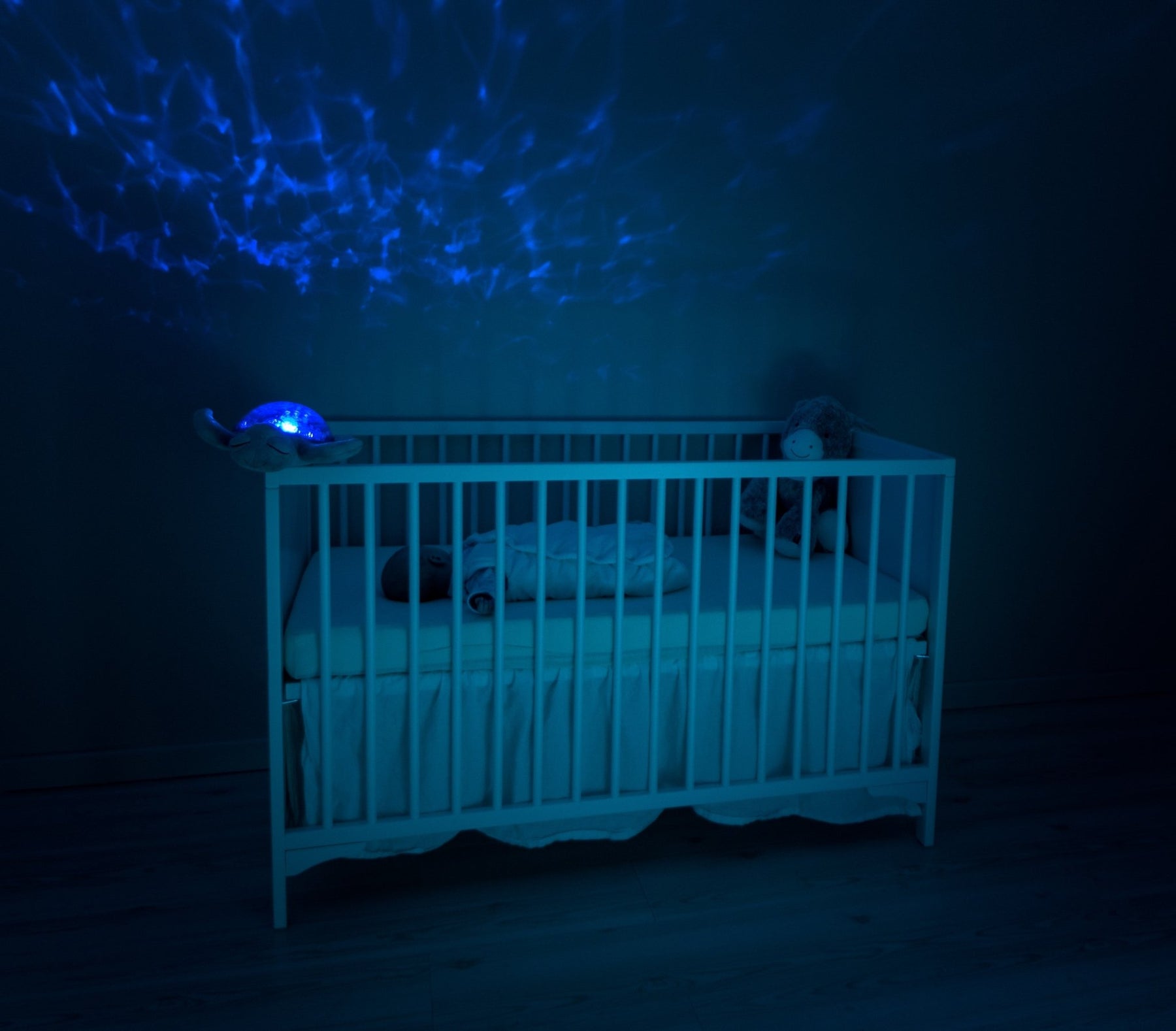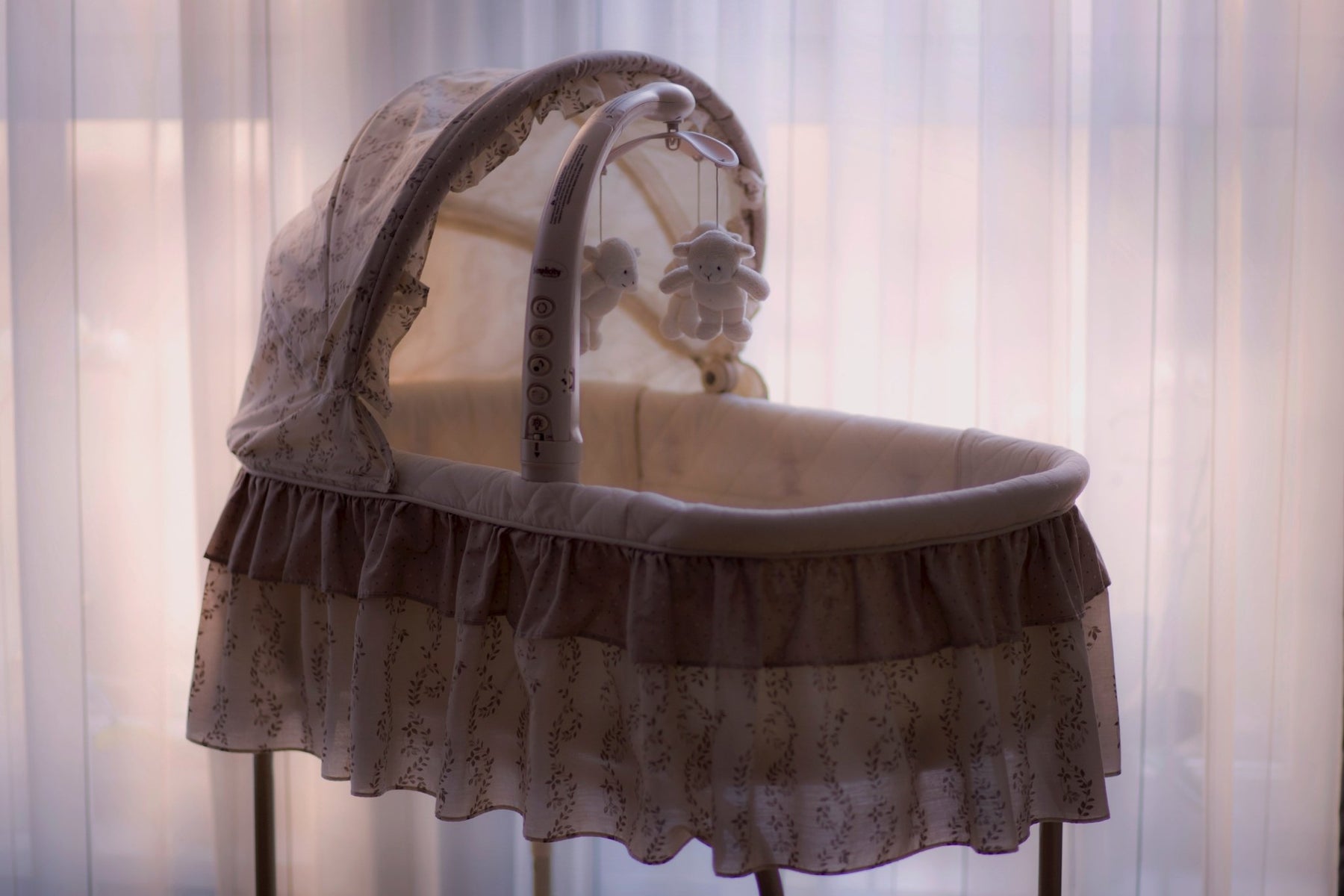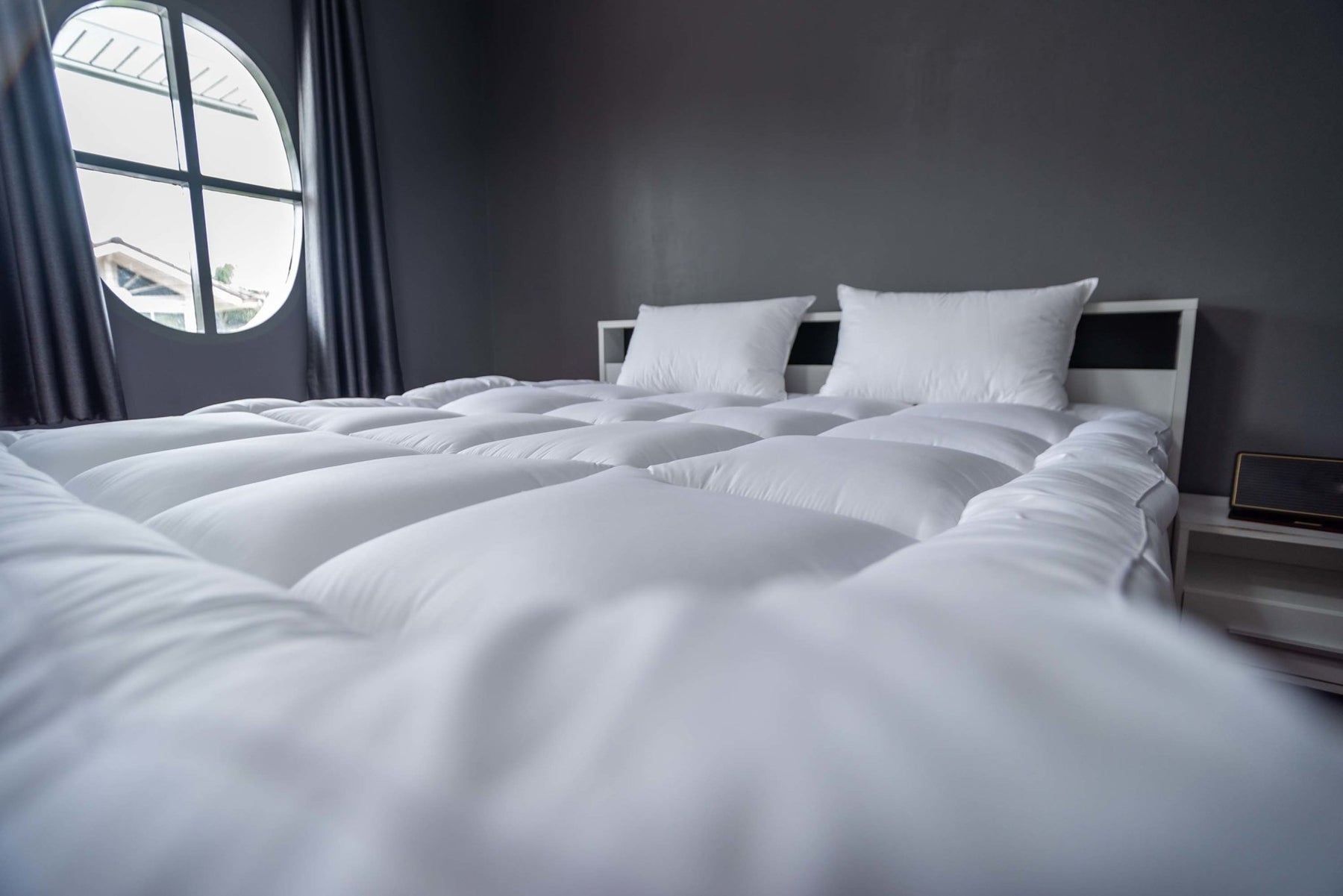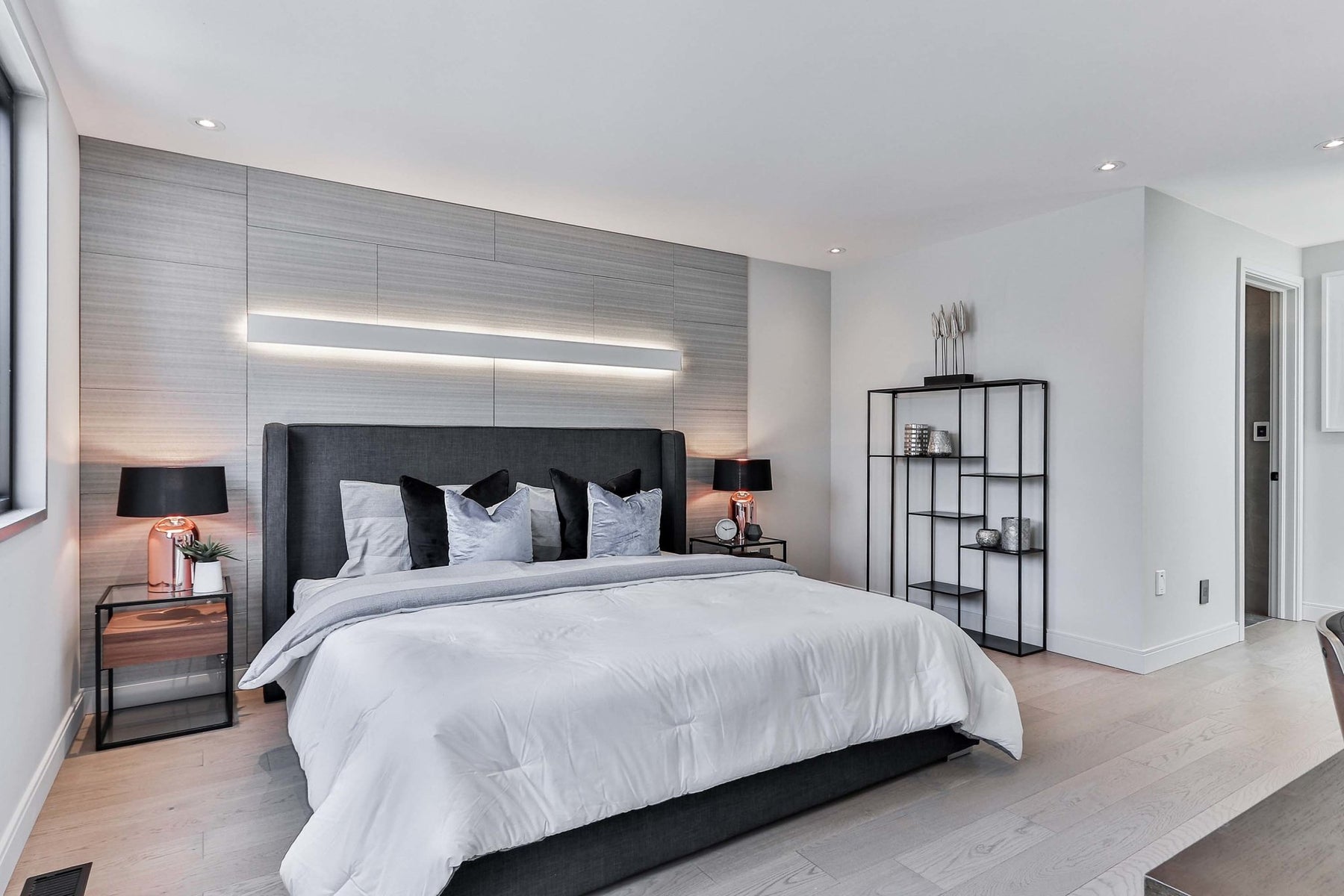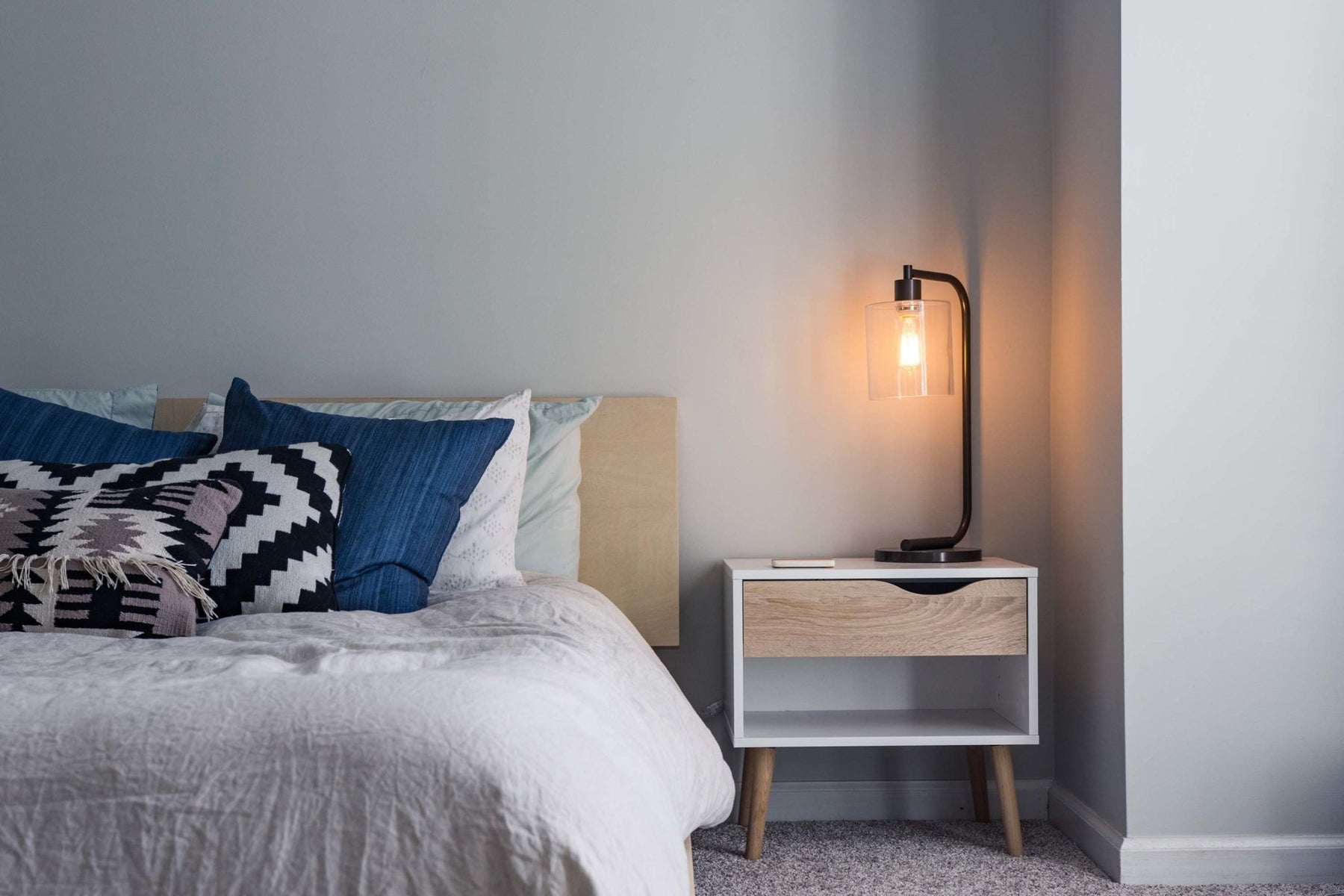
What Mattress Base is Right for You?
Crafting your perfect sleeping space takes a lot of effort. You've got to choose your mattress type (memory foam, spring, latex, or hybrid), your mattress size (full, queen, king, etc.), your bedding, and more. It’s easy to spend the bulk of your time deciding on your ideal mattress. But, contrary to popular belief, the base your mattress sits on deserves just as much attention. Whether you're looking for a budget-friendly option, the ultimate in luxury, or something in between, read on for everything you need to know about finding the perfect bed base for you.
1. Mattress Foundation

A mattress foundation is a structure that’s often made of wood or metal - it has horizontal slats that support the weight of the mattress. The outer portion of the foundation is made of fabric; this fabric is often composed of polyester. The design of a mattress foundation not only provides a strong base for virtually every mattress, but it can also help protect it from moisture damage by increasing airflow around it.
Cost: $100- $200
Pros and Cons of Mattress Foundations
Should you get a mattress foundation? The section below will highlight both the pros and cons of this bed base type to help you decide:
Pros
- It provides substantial support for your mattress.
- It elevates the height of the bed, which comes in handy for people with mobility issues or body aches.
- It increases airflow and helps protect your mattress from moisture-related issues.
Cons
- Since foundations add height, it can be difficult for certain individuals to get in and out of bed.
- The slats in the foundation may be too far apart in some instances, making it less supportive for certain mattresses.
- The added height of the bed can increase motion transfer between a partner's side of the bed and yours.
- The assembly process can be complicated, which may make it hard for some individuals to put together.
2. Box Springs

Usually made from wood and metal, box springs provide substantial support for mattresses, ensuring their longevity and optimizing comfort. Some feature a slatted foundation with various materials such as latticed steel, fabric-covered foam, or supportive spring coils. Others feature solid pieces of durable foam or plywood. The main differentiating feature of box springs is that they have bounce, making for a less rigid sleeping space.
Box springs aren’t as widely used as most other bed base types, and that’s because many mattresses simply don’t require them. But they are usually required for innerspring mattresses, which may sag or become deformed without one.
Cost: $100- $250
Pros and Cons of Box Springs
While box springs may provide convenience for those who want to easily set up a comfortable sleeping space in their home, there are both pros and cons to this type of bed base. Here they are:
Pros
- Box springs absorb shock from impacts to the bed, which can be very useful for older mattresses that need extra support.
- They prevent your mattress from sagging or becoming deformed.
- They raise the bed off of the floor, creating room underneath for possible storage.
Cons
- They can be bulky and difficult to move, making them inconvenient when you’re rearranging furniture or moving.
- Raised beds can be hard to get into or out of.
3. Platform Bed Frame

A platform bed frame is a type of bed base without a box spring. When you use a platform bed frame, your mattress sits directly on top of a raised platform, which provides support and stability. Platform bed frames are usually made of wood or metal and come in various sizes and styles to fit in any bedroom décor.
These frames sometimes have an under-the-bed storage area for items like linens or shoes, which makes them very practical for small living spaces.
Cost: $50-$1000+
Pros and Cons of Platform Bed Frames
Platform bed frames are among the most popular bed base choices, but that doesn't mean that they don't have any faults. Here, we'll go over the pros and cons to help you decide whether they might be a good choice for you:
Pros
- Platform bed frames are usually low to the ground, so they’re ideal for people who want to avoid having to climb up onto a high bed.
- They come in a variety of materials and finishes, so you can find one that suits your style.
- Platform bed frames are easy to assemble.
- They often have storage space underneath the bed, which is a great place to store extra blankets, sheets, or clothes.
- Some platform bed frames have built-in headboards, which can give your bedroom a more finished look.
Cons
- Mattresses used with platform bed frames can feel too firm for some.
-Platform bed frames can be expensive, especially if you opt to buy a higher-end model.
- Platform bed frames don’t provide as much ventilation as other types of bed frames, which can lead to various issues with your mattress, including, but not limited to, mold and mildew.
- Platform bed frames can be difficult to move, as they tend to be heavy because of their solid construction.
4. Adjustable Base

An adjustable base is an electronically powered bed frame that can raise and lower both the head and foot of the mattress. It provides enhanced comfort to those who suffer from chronic pain or injury, as it can be adjusted for ergonomic support.
For those with allergies, snoring difficulties, or colds, adjustable bases can help tremendously by raising the upper portion of the bed. In addition, they can reduce pressure points that may lead to tossing and turning during the night. With an adjustable base, you can easily adjust your sleeping position to find just the right spot for a deep slumber all night long.
Cost: $1,000- $3,000+
Pros and Cons of Adjustable Bases
Adjustable bases are coveted for their many benefits, but they’re not without their drawbacks. Here are some of the pros and cons to consider:
Pros
- They offer more comfort and support than most bed frames.
- They help with spinal alignment to reduce back pain and night awakenings from that pain.
- They make it easier to watch TV and work on the computer while you're in bed.
- They’re adjustable, so you can experiment to find the perfect position for you.
Cons
- They are more expensive than all the other bed base types.
- They can be difficult to adjust to those who aren't tech savvy.
- They can be loud when adjusting.
- They’re not always sturdy.
How to Choose the Right Bed Base Type for You
Choosing the right type of bed base can be a daunting task, so it is important to arm yourself with all the information you can. Consider your sleeping style and any medical requirements you may have as you shop around for a base. If you are a side sleeper, then a softer base will provide pressure relief that keeps your spine in alignment - box springs come in handy for that. Conversely, if you prefer to sleep on your back or stomach, then a firmer mattress base will help reduce strain on the neck and lower back by keeping your hips in line with your shoulders. Additionally, if mobility is an issue for you or someone in your household, remember to look into adjustable bed bases.
Universal Tips for Choosing a Bed Base Type
In addition to the above definitions, pros, and cons, the universal tips below should help you make the right decision when selecting a bed frame:
- Consider your budget. Your budget will determine the bed base material, size, and features you can afford. Be realistic and honest with yourself about what you can and cannot afford.
- Check the weight limit of the bed frame, especially if two people are sharing it. Going over that weight limit can damage the integrity of the bed and void any potential warranty.
- Measure your bedroom space to make sure the bed base will fit. There's nothing worse than bringing home a bed frame and discovering it won't fit in your space.
- Ask questions. If you’re still not sure which mattress base is best for you, don't hesitate to get in touch with a salesperson. They are there to help you make the right decision.
- Keep it simple. When shopping for adjustable frames, don’t get lost in all the bells and whistles. Focus on finding one that meets your needs and budget.
- Check out customer reviews before making a purchase. Few things are more telling than the experiences of real customers. Take single claims with a grain of salt, but trends in customer reviews can tell you a lot about the quality of the product.
- Make sure the mattress base you choose matches your mattress size. Be extra careful not to buy one that’s too small for your mattress, so there won’t be any sagging on the sides of the bed.
If you're in the market for a new bed base, bookmark this article or save it to your favorites for future reference. Weigh your options and decide which features are most important to you as you make your decision. We hope this guide has helped you better understand the different bed bases and their benefits, drawbacks, and nuances. Good luck in finding the perfect bed base for your mattress!
Other articles you may like
0 comments
